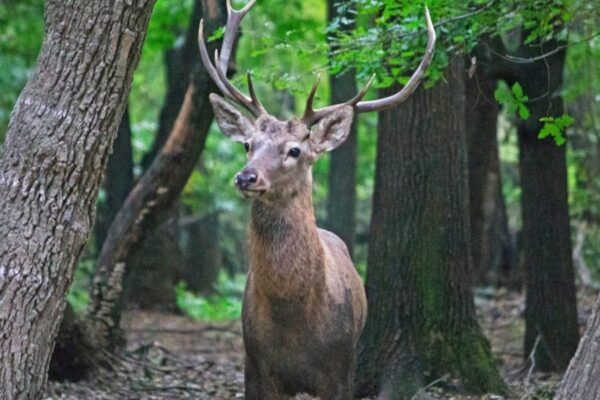The star tortoise found across south Asia is facing loss of habitat as well as genetic diversity
RH Desk
January 19
A recent study on the Indian star tortoise has revealed the genetic diversity of the species as well as habitat has suffered major losses because of rampant illegal trade, a news report in The Hindu said on Thursday.
The Indian star tortoise ( Geochelone elegans) that is distributed across south Asia is a massively traded animal in south Asia for their ornamental value and good luck charm.
The details of the study were recently published and the study recommends the intensive genetic screening of wild and trade/captive individuals before translocation, effective enforcement to prohibit wildlife trafficking, and habitat restoration urgently demanded to conserve this highly-threatened species in the wild.
The researchers behind the study have also raised concerns over unscientific translocations that have resulted in genetic mixing between different populations, posing a challenge in segregating available populations at the genetic level.
“The species is facing twin challenges of a threat to its habitat at one level and loss of its genetic diversity at the other. Our study calls for a proper conservation strategy to combat the fragmented distribution and explicitly recommends intensive genetic screening of founder individuals or isolated adult colonies by implementing scientific breeding,” Shantanu Kundu, a researcher with Professor Hyun-Woo Kim Lab, Pukyong National University, South Korea
Dr. Kundu added that the Indian star tortoise, which is listed under Appendix I of the CITES (Convention on International Trade in Endangered Species) list and categorised as ‘Vulnerable’ in the IUCN (International Union for Conservation of Nature) Red List of threatened species, is one of most traded tortoise species not only across the subcontinent but across South and Southeast Asia.
The distribution modelling of G. elegans has provided clear evidence of the highly fragmented habitat of the species, which is greatly influenced by an increased level of urbanisation and agricultural practices throughout its range, said Tanoy Mukherjee, Department of Science and Technology-Inspire Faculty, Landscape Ecology and Wildlife Sciences Lab at the Indian Statistical Institute, Kolkata.
“Our result suggests that about 10% of the area within the IUCN range of the Indian star tortoise is suitable for habitation; however, this area is further subjected to the impacts of human-mediated habitat degradation. Areas within the states of Gujarat and Rajasthan, followed by Tamil Nadu, Karnataka, and Andhra Pradesh, suffer the most with the highest levels of habitat fragmentation due to the rapid development of urbanization and croplands,” the paper said:
Shailendra Singh, director of Turtle Survival Alliance, India explained that genetic diversity is crucial for the survival of a particular species. “In the case of Indian star tortoise, there are three major populations of the species — in the western part and the southern part of India, and in Sri Lanka — and each sub-population has genetic traits to survive in a particular landscape. If a population of Kerala is wiped out because of climate change then we cannot replace it with the population in Rajasthan,” he explained.




